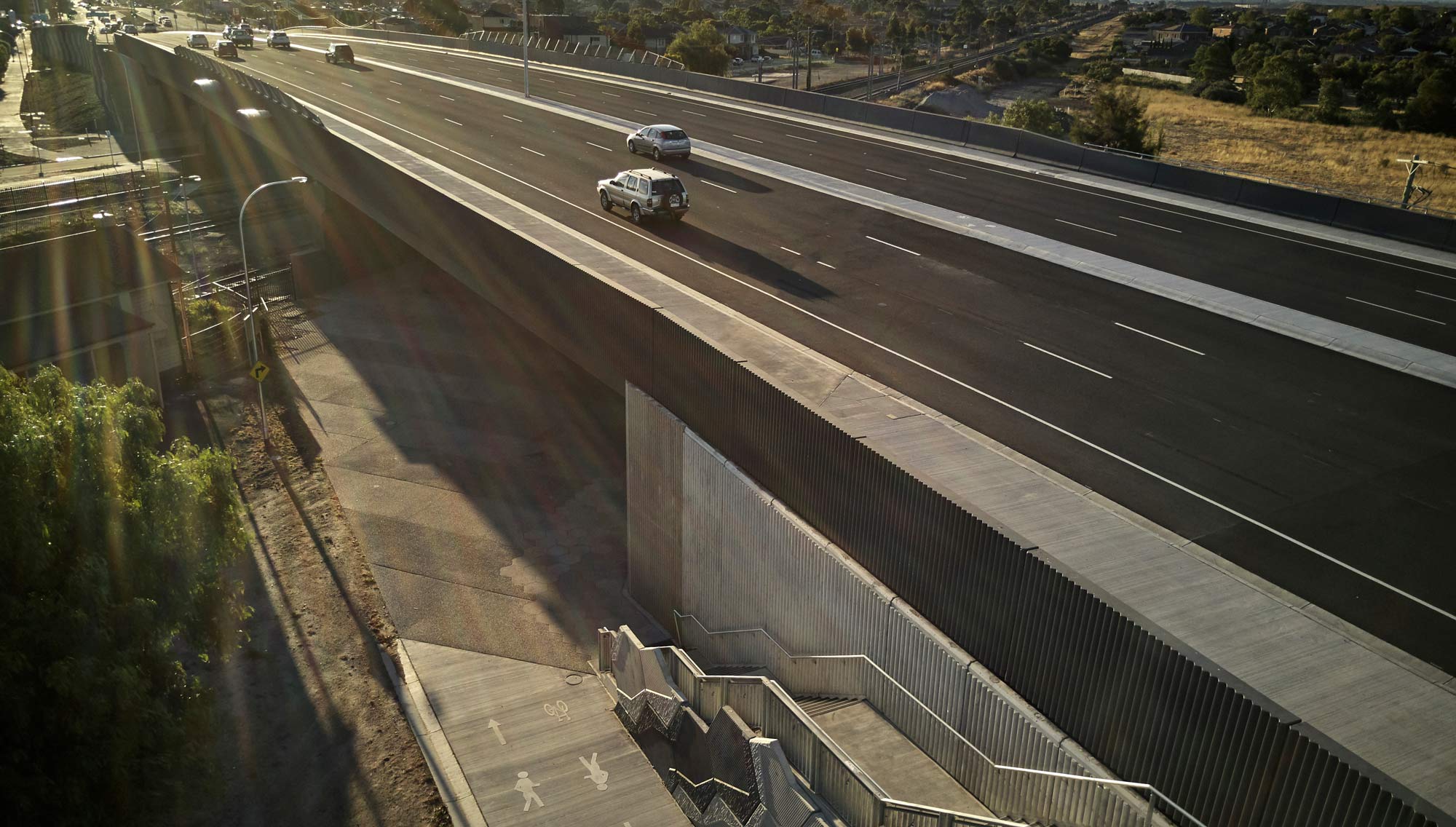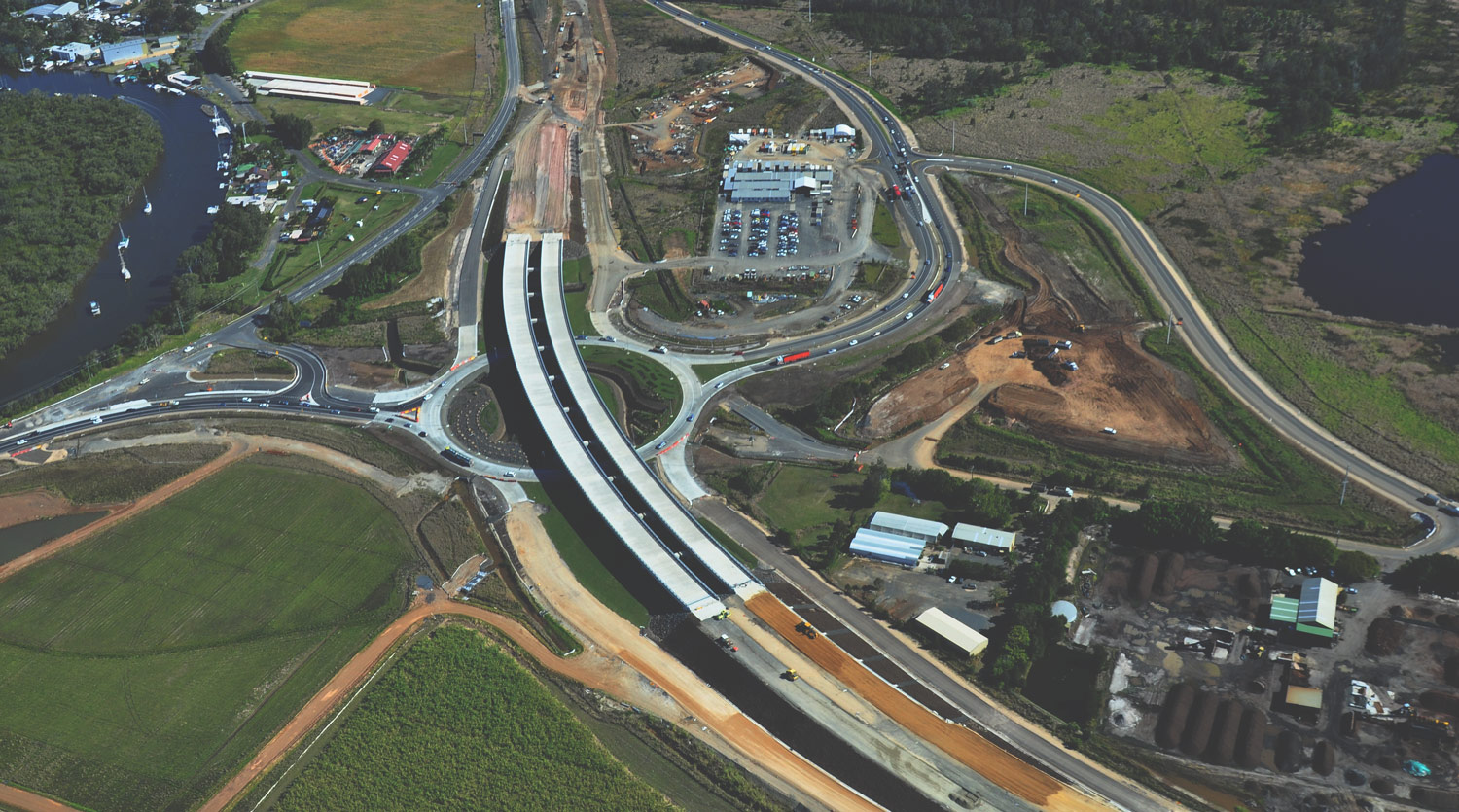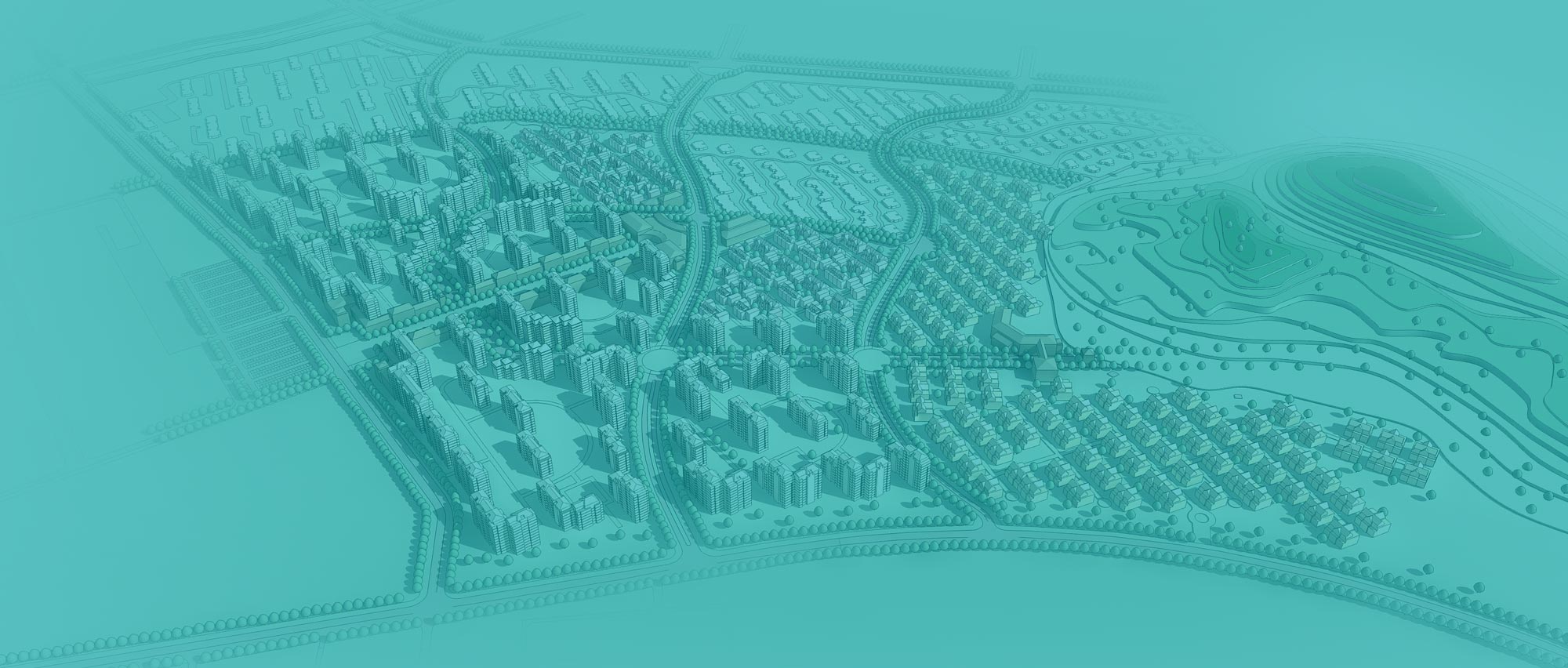
Digitisation is here to stay
My team advises clients on how to achieve better results when it comes to pavements; whether there is a new material coming out in the market or maybe there’s a different way we can look at a design or construction.
And if the last twenty years are anything to go by, the sector will continue to change swiftly. Thus far, some of the biggest changes have been in computing power and digitisation. In terms of computing power, the ability to design the pavement structure using a finite element approach will be a big step forward. It is still in its infancy but will eventually eclipse layered elastic theory as the number one method for designing pavement structures.
A key digitisation challenge ahead is the ability to model the pavement structure and subsurface drainage in a 3D environment. Modelling the subsurface drainage network will be a big step forward and the pavement structure is fairly linear and unchanging along the road alignment, but subsurface drainage is quite variable. The design changes from cut to fill, from high side to low side of the road, and being able to model this in a 3D environment will help enormously with construction and maintenance. Each pavement object in the model can have customisable metadata attached to it detailing the type of asphalt or concrete mix to use, what level of compaction is required, temperature limits for construction etc.
The finite element approach, while still in its infancy, will eventually eclipse layered elastic theory as the no. 1 method for designing pavement structures.
The 3D model essentially becomes the benchmark model upon which the asset’s “life experience” is documented and is updated by contractors and asset owners with key information at each stage of the asset lifecycle. The result is that once the asset reaches the end of its design life, the asset owner has a complete design, construction and maintenance history and can accurately determine the cost of maintaining the asset.
Digitisaton is here to stay, and pavement engineers will need to upskill in digital modelling and the software packages used.
Integration with other assets
A pavement exists and functions within a larger system. It’s always a challenge with any project to integrate the pavement with above ground and underground assets, like drainage systems, tunnels and bridges. There are a lot of considerations around tying into existing infrastructure, how to stage it and manage live traffic during construction, for example. Using digital engineering in a federated model will allow clash detection between pavement subsurface drainage objects and other design elements. On previous projects, my team modelled the subsurface drainage system and checked for clashes in Navisworks on a weekly basis, allowing clashes to be avoided as the design progressed. As infrastructure projects become more complicated, this process will be vital in allowing the contractor to build the asset more easily and with less retro designing to avoid clashes.
Managing environmental footprint
Climate change will affect the way pavements are designed. Pavements are sensitive to changes in the daily, monthly and yearly thermal cycles, making them vulnerable to climate change. Increased temperatures lower the modulus of asphalt materials and create more expansion and contraction of concrete. Solutions may include thicker pavements, changes to the respective mix designs or use of more innovative materials or production processes to offset this in the future.
Use of recycled materials in pavements has been a 60+ year journey. From the early days of using ground granulated blast furnace slag (GGBFS) and fly ash in cement, to using recycled asphalt products (RAP) in new asphalt mixes, to the use of manufactured sands and recycled plastic bags in today’s technological environment. Suppliers are coming up with increasingly innovative ways to not only recycle materials but to reduce greenhouse emissions during production (for example, Warm Mix Asphalt). Being early adopters of technological advances, SMEC’s designers have utilised these materials to produce designs that reduce the carbon footprint of a project, contributing to achieving key sustainability targets set by the Infrastructure Sustainability Council of Australia (ISCA).*all figures in AUD.
Related
insights
 70 Years Forward: Integrated infrastructure
70 Years Forward: Integrated infrastructure
The Snowy Mountains Hydroelectric Scheme is recognised as one of the engineering wonders of the modern world.
 Building more climate-resilient infrastructure on soft soils
Building more climate-resilient infrastructure on soft soils
SMEC’s Dr Richard Kelly, Chief Technical Principal – Geotechnical Engineering, has contributed to industry-leading research and innovation in the field of soft soil engineering.
 Delivery in the digital age. People powered technology.
Delivery in the digital age. People powered technology.
I often ponder about the future of our industry and where technology will lead us and indeed, where will we lead technology. Is technology challenging the equilibrium when it comes to a full-service offering in the engineering industry? Some would say yes if our lives today are anything to go by.





